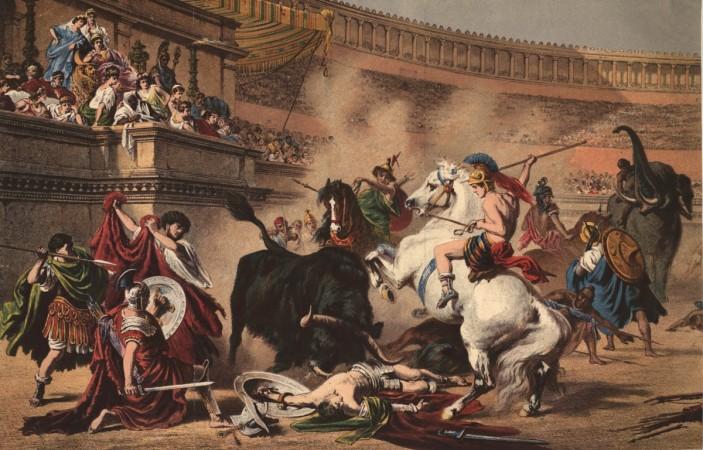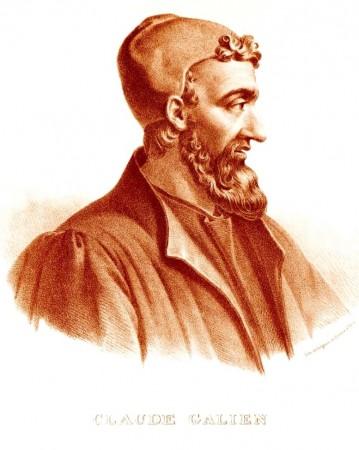
An ancient medical text that was not read for over a 1,000 years has been studied by researchers. It is the work of Galen of Pergamon, the doctor of the kings and gladiators of the ancient Roman empire.
The manuscript, titled, "On the Mixtures and Powers of Simple Drugs" was reportedly used to educate other Roman and Greek doctors. In the 6th century, this textbook was translated into Syriac – a bridge language between Greek and Arabic, reports Phys.org. This language would have helped spread western medicine and philosophy to the Islamic world.
However, in spite of his fame, Galen of Pergamon's work, the single most complete surviving text, became a palimpsest, the practice of wiping out the original text of a book or scroll and writing over it. The medical text was erased and written over with hymns in the 11th century. The researchers at Stanford have studied this text.
Researchers from around the world are now taking a close look at the document and scanning for its hidden text using precision X-rays technology. The study is being done at Stanford Synchrotron Radiation Lightsource (SSRL) at the Department of Energy's SLAC National Accelerator Laboratory.

As of now, early results of the study show the original text written by Galen perpendicular to the Arabic text that was written over it. This gives researchers a better chance at getting a clear view of Galen's work.
"Our hope was that there would be enough traces of ink there so that we would be able to decipher even a word or two," says Uwe Bergmann of the Stanford PULSE Institute at SLAC, who led the X-ray imaging project. "The distinct writing that we can now see marks a tremendous success."
Researchers have been studying Galen's work for about a decade now and the report mentions that each leaf in the book offers more and more insight into the level of medical expertise that doctors possessed in ancient times.
"If you want to understand medicine in the Middle East, you have to look at the translation and transmission of knowledge," says Peter E Pormann, professor of classics and Graeco-Arabic studies at the University of Manchester. "This is a huge chunk of history, and we hope this text will help us understand how they managed and treated disease historically in that part of the world."
Once the scanning and recreation of the original text is completed digitally, researchers will make it available to read and study for free online by the Schoenberg Institute for Manuscript Studies at the University of Pennsylvania Libraries, notes the report.
Of the original Syriac manuscript, several leaves have been removed and they have ended up in different parts of the world. The project aims to bring all of it back together and reunite it in digital form, say the researchers.














